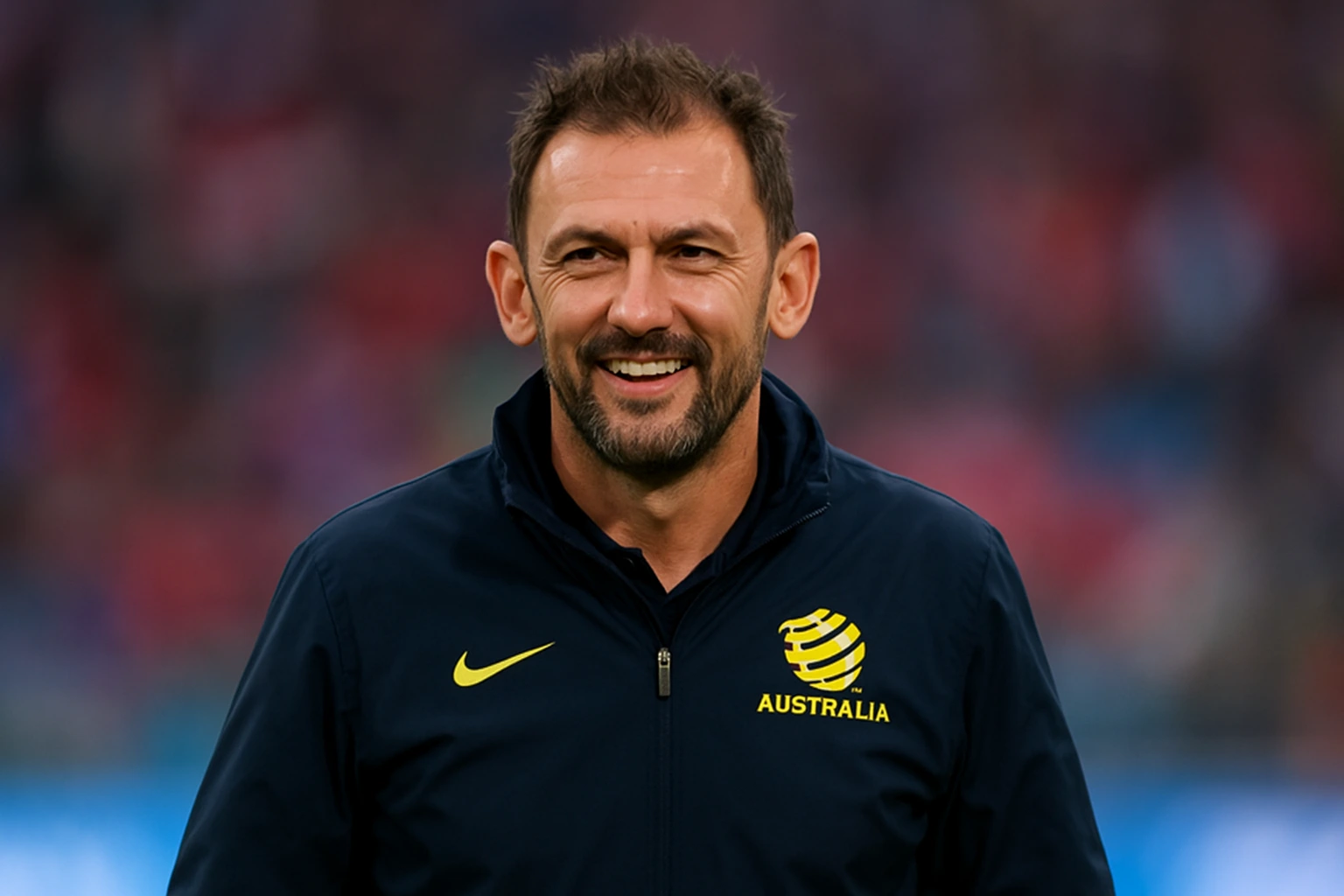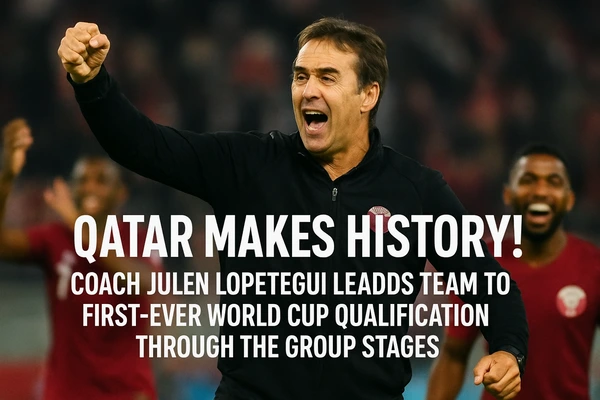On Tuesday night, Australia’s long streak under Tony Popovic finally ended when they lost 2-1 to the United States in Denver. But even in defeat, Tony Popovic says he saw signs that his team is improving and could be ready for the 2026 World Cup.

A Bit of Background
Before this game, Australia had been doing really well under Tony Popovic. They had gone 12 matches without losing and had won seven in a row. Tony Popovic had taken over from Graham Arnold more than a year ago, and since then the team had picked up momentum.
Australia is currently ranked around #25 in the world. Meanwhile, the U.S. is stronger, ranked about #16.
The 2026 FIFA World Cup will be co-hosted by the United States, Mexico, and Canada, and it will be the first World Cup to include 48 teams instead of 32. Because it’s such a big global event, many soccer fans are already scrambling to get tickets. In fact, FIFA recently reported that over 4.5 million people from 216 countries registered for the first phase of ticket sales for the 2026 tournament.
(Here’s a fun “combo ticket” idea: some tournaments or events let you buy a combo ticket that covers multiple matches. So instead of buying a ticket for one game, you might get access to two or three games for one price. That’s a popular option for festival-style events or multi-match weekends in soccer and other sports.)
The Match: USA vs. Australia
Early Lead, But U.S. Comes Back
Australia started strong. In about the 19th minute, Australian wingback Jordan Bos scored to put his team in front 1–0. But the U.S. didn’t let that stay for long. Haji Wright, a forward for the Americans, responded by scoring the equalizer in the 33rd minute. Then he scored again in the second half, giving the U.S. the 2–1 lead they’d hold onto.
One of the U.S. goals came from a quick free kick: Cristian Roldan spotted a space and played it into Wright, who turned a defender and curled it into the net.
Young Players Getting Time, Altitude Challenge
Tony Popovic is trying to build for the future, so he’s giving younger players more minutes. Two names to watch: 19-year-old Nestory Irankunda and 21-year-old Mohamed Toure. These guys bring energy and unpredictability to the attack.
Against Canada just before this match, Irankunda actually scored the winning goal in a 1–0 friendly. But in Denver, Irankunda didn’t start. He came off the bench after about an hour. Late in the game, he made a strong run into the U.S. penalty area, but couldn’t force the equalizer.
Tony Popovic noted that the younger players struggled to keep up in the thin air — Dick’s Sporting Goods Park is about 5,200 feet (1,584 m) above sea level, the highest elevation among Major League Soccer stadiums. He said they had trouble breathing and couldn’t repeat their efforts like the more experienced players could.
In his post-match comments, Tony Popovic said: “We showed tonight that we can definitely be competitive at the World Cup … we competed against a very good team … we pressed very high early … we had some good opportunities at 1-1.” He admitted the team didn’t get the win, but he liked the performance, even more so than a recent win over Canada.
What This Means Going Forward
Tony Popovic and the Australian squad will take this loss as a learning opportunity. Here are a few big takeaways:
Australia can compete. Even though they lost, the team hung in there against a higher-ranked opponent and had attacking chances.
Scoring used to be a weakness. Australia often struggled to score goals in past tournaments, but now with people like Irankunda and Toure developing, Tony Popovic has more attacking options.
Conditioning and experience matter. In tough environments (like high altitude), the older players showed they could sustain effort better than younger ones. As Tony Popovic`s plan matures, fitness and stamina may be key training areas.
Depth of squad will count. In tournaments like the World Cup, coaches often need more than their first 11 — injuries, fatigue, and match congestion require strong backups. Giving younger players minutes now helps build that depth.
Also, on the ticketing side, this result fuels excitement for the World Cup. With such high demand already for tickets (remember, over 4.5 million people applied in the first phase), fans are watching how teams perform now because it may influence how many matches they’re invited to or what combos they might buy. (That “combo ticket” idea could come in handy if Australia gets multiple games in the same city or region.)
A Bit of Soccer Facts & Context
The 2026 World Cup will have 48 teams, up from 32, meaning more countries get to participate.
Because the hosts (USA, Canada, Mexico) get automatic qualification, more spots are available to other nations.
A “combo ticket” or “multi-match ticket package” is sometimes offered for big tournaments so spectators can attend several matches at a discount or under one purchase. That encourages fans to stay around and see more games.
In international soccer, friendlies like this match (USA vs. Australia) give coaches a chance to test tactics, try new players, and get match fitness before big tournaments.





